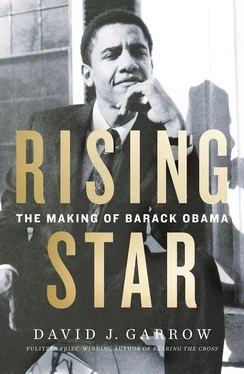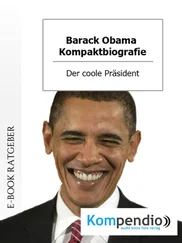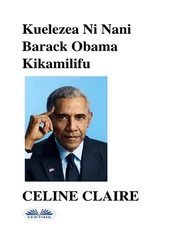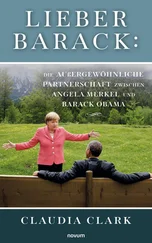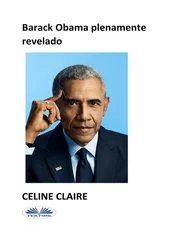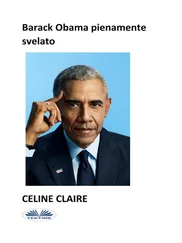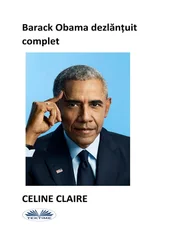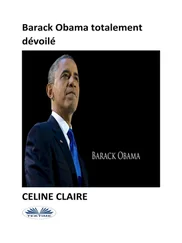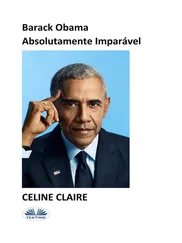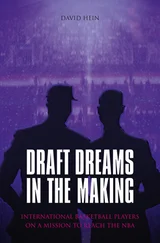In mid-January 1985, PCR received attention citywide for the first time when Hazel held a press conference to publicize the IEPA complaint forms she had circulated within Altgeld over the previous six months and to highlight that the city’s one-year moratorium on new landfills would expire on February 1. One week later, Mayor Washington called a City Hall press conference, and with both Lena and Hazel standing behind him, recommended a six-month extension of the ban, which was unanimously approved by the city council. Washington also appointed a Solid Waste Management Task Force to study the city’s landfill options. Lena, Hazel, and Bob Ginsburg from Citizens for a Better Environment were all named to the panel, as were 9th and 10th Ward aldermen Hutchinson and Vrdolyak and South Chicago Savings Bank president James A. Fitch; Washington administration insiders like Jacky Grimshaw and Marilyn Katz were also included to assure that the task force would not go astray.
By early spring 1985, however, rumors had gradually spread that the city administration was quietly considering an entirely different new landfill possibility, centered on 140 acres of Metropolitan Sanitary District property south of 130th Street on the east bank of the Calumet River, a location generally spoken of as the O’Brien Locks site after a nearby dam. A city Planning Department draft report had discussed the idea a year earlier, and while Mayor Washington reiterated his opposition to any dump at the 116th Street Big Marsh location when he spoke at UNO’s annual convention at St. Kevin in late April, concerned residents of Hegewisch and its northern Avalon Trails neighborhood—both just east of the O’Brien property—publicly criticized Lena and UNO for not pressing Washington for a similar commitment concerning the O’Brien site.
The weekly Hegewisch News began to sound the alarm, with editor Violet Czachorski proclaiming that while Hegewisch residents had supported people in South Deering in opposing any Big Marsh landfill, now UNO and IACT were failing to take a similarly principled stance when a landfill was proposed for Hegewisch’s backyard rather than theirs. Writing in the News, University of Illinois at Chicago geographer James Landing, who in 1980 had created the Lake Calumet Study Committee to help protect that body, warned that a “lack of unity among neighborhood groups … serves the interests of the dump companies.” 39
Harold Washington and his top aides were devoting attention to Roseland as his four-year term approached its halfway mark. In part their concern was stimulated by the Borg-Warner Foundation, whose executive director, Ellen Benjamin, had taken an interest in the neighborhood and had commissioned a “needs assessment” from a team at the University of Illinois at Chicago. Roseland had lost more than sixty-eight hundred jobs between 1977 and 1983, and loss of employment meant “many people are having trouble maintaining their houses, keeping food on the table” and avoiding foreclosure. The researchers conducted 115 interviews in Roseland, and while 33 respondents named jobs as the top problem, almost twice as many—64—described how “crime and gangs have proliferated and the feeling of insecurity has increased.” Before the report was issued, Washington’s top staffers were briefed on the findings. “Highest infant mortality rate in city,” “highest number of foreclosed homes in the nation,” South “Michigan [Ave.] business district gone,” their notes recorded. With just one exception, community groups were disappointing: “Good Roseland Christian Ministries,” the staff notes emphasized.
At 1:30 P.M. on Sunday, March 17, a man wearing a long dark coat and a baseball cap with the Playboy logo drew a gun on cashier Lavergne McDonald inside Fortenberry Liquors at 36 East 111th Street in central Roseland. She screamed, and the gunman fled. Fifteen minutes later, Roger Nelson, a seminary student who had interned at Roseland Christian Ministries, his fiancée, and his parents finished chatting with Tony and Donna Van Zanten after church services and crossed South Michigan Avenue just north of 109th Street to the lot where their car was parked. The same gunman came up to them, ordered them into the car, and instructed them to hand over their valuables. Roger’s father, fifty-year-old Northwestern College of Iowa professor Ronald Nelson, was in the driver’s seat, with the gunman crouched by the open driver’s door. As the quartet fumbled through their belongings, Donna Van Zanten and her son Kent approached and were also ordered into the back seat. Ronald Nelson handed the man his car keys and checkbook, but the gunman angrily said, “I don’t think you gave me all you have.” Nelson protested, but the gunman handed back the checkbook, called Nelson a “Goddamned lying bastard,” and fired one shot into the left side of Nelson’s abdomen.
As Ronald Nelson lay dying at the scene, the gunman fled past two men working on a car nearby. “Brothers, you all be cool,” the gunman called out. “You know them was honkies over there.” One of the men was on work release for possession of a stolen car, but the gunman’s appeal to race fell flat: they not only knew Roseland Christian Ministries, one of them knew Roger Nelson from his work there. After police arrived, a shaken Donna and Kent Van Zanten accompanied officers on a ninety-minute drive throughout the neighborhood while Roger and his fiancée went to a station house with detectives to look at photos of possible suspects.
Twelve days later, one of the car repairers identified a photo he believed matched the gunman; police also received an anonymous telephone tip that the man they wanted went by the nickname “Squeaky.” Detectives went to 10727 South Indiana Avenue, less than four blocks from the scene of Nelson’s murder, and told the older man who answered the door that they wanted to speak with Clarence Hayes. “Hey, Squeaky,” he called upstairs. Hayes wasn’t home, nor was he on five subsequent occasions when police stopped by, but on Sunday morning, April 14, the thirty-four-year-old three-time ex-convict and drug addict was arrested at a nearby currency exchange. That afternoon, Lavergne McDonald, Donna and Kent Van Zanten, and both of the car repairers picked Hayes out of a police lineup, as did Roger Nelson and his fiancée when they arrived in Chicago that evening.
Ronald Nelson’s murder—a white victim, a black gunman, a Sunday church parking lot—drew more news coverage than anything else that had happened in Roseland in years. Eighteen months later Clarence Hayes was convicted of murder and multiple counts of armed robbery and sentenced to death; after appellate review he was sentenced to life in prison. Over a quarter century later, he was still challenging his conviction in the courts, but on the thirtieth anniversary of Nelson’s murder Clarence Hayes remained safely ensconced in the maximum-security Stateville Correctional Center in Crest Hill, Illinois. 40
March 28, 1985, was the fifth anniversary of Wisconsin Steel’s sudden shutdown. Frank Lumpkin, now sixty-seven, was one of the few ex-workers whose more than thirty years at the plant meant he was collecting his full pension. Those not so fortunate received little if anything: Felix Vasquez, age fifty-seven, was receiving $150 a month for his twenty-four years of work. Lawyer Tom Geoghegan, whose lawsuit on their behalf against International Harvester was mired in the courts, told one reporter that men like Vasquez “were cheated by a company they gave their whole lives to.”
Thanks to ongoing support from the Crossroads Fund, Lumpkin’s Save Our Jobs Committee (SOJC) remained active, but in South Deering, the plant was now little more than “heaps of rusted scrap.” An anniversary rally drew only two hundred people, and one former worker told the Tribune that South Deering was now “a battered hulk of a neighborhood” strewn with “battered, empty hulks of men.” Now, five years later, no one at all doubted that “Black Friday” had indeed been “the end of an era.”
Читать дальше
